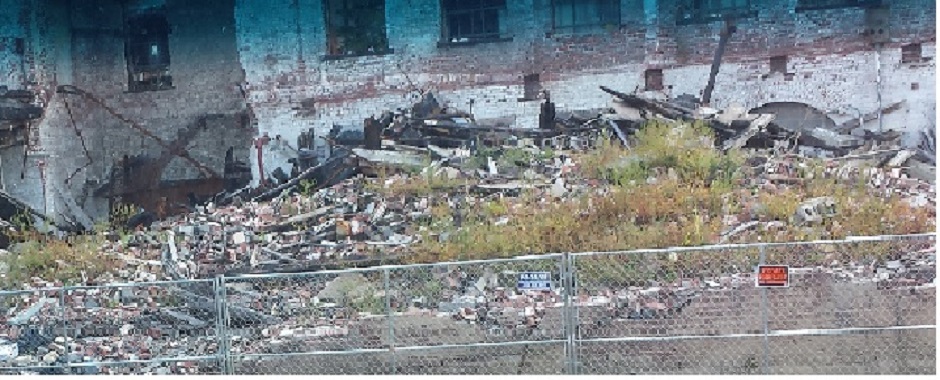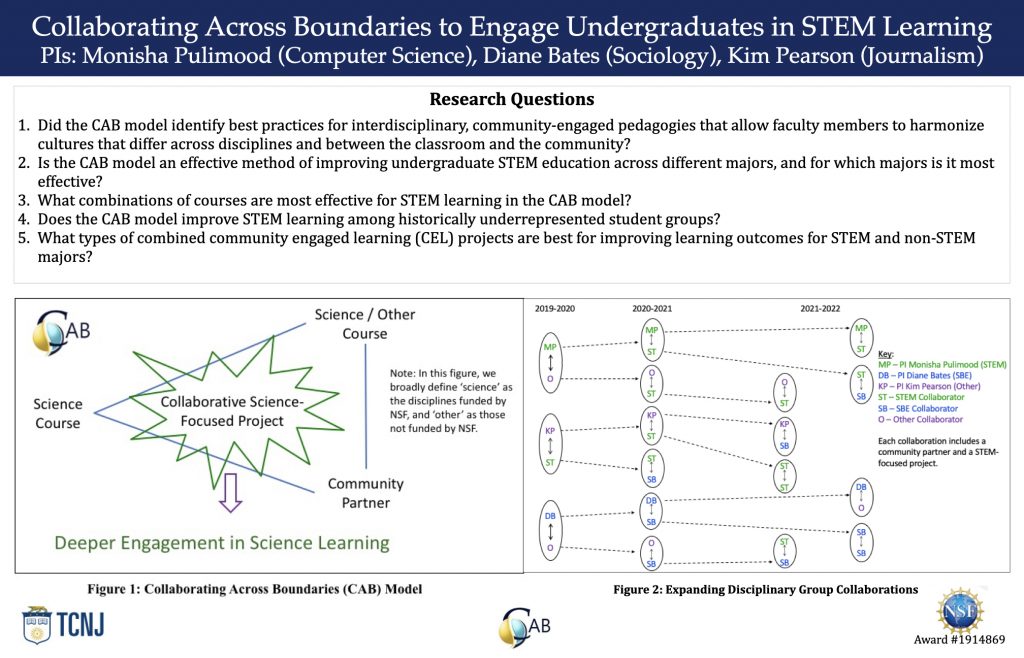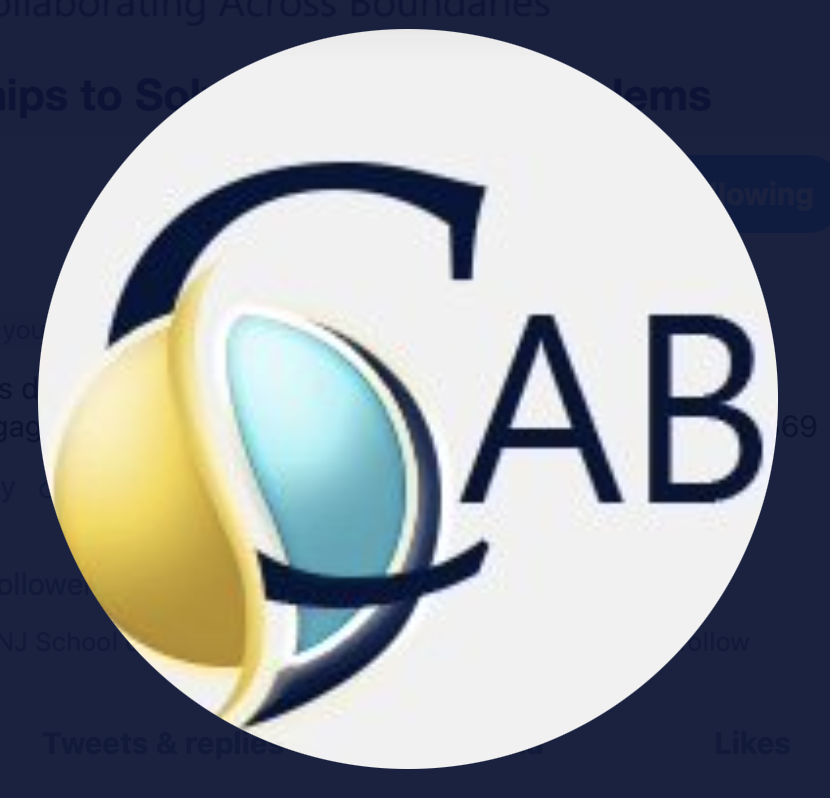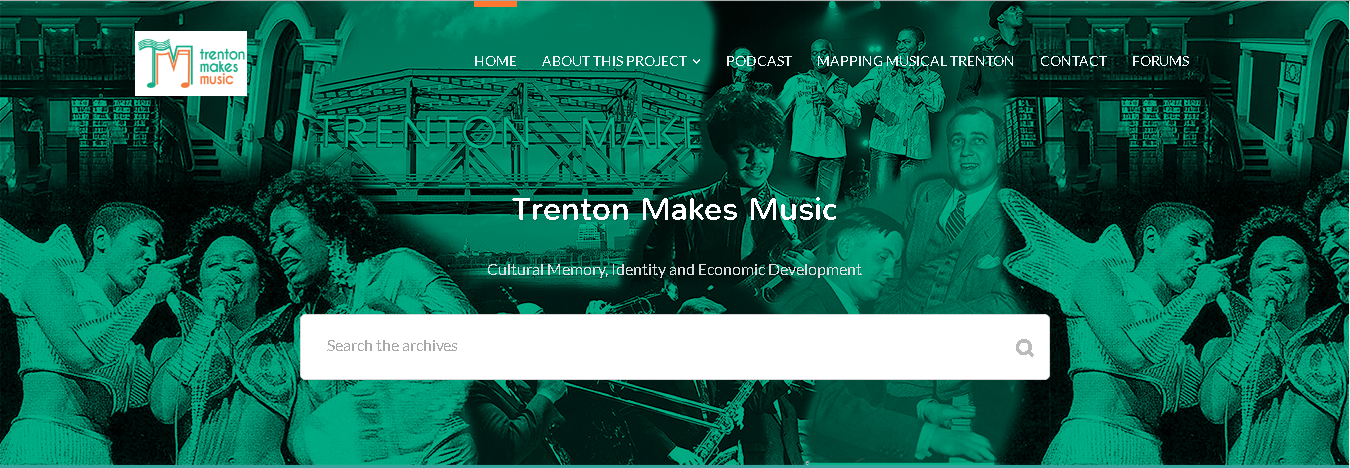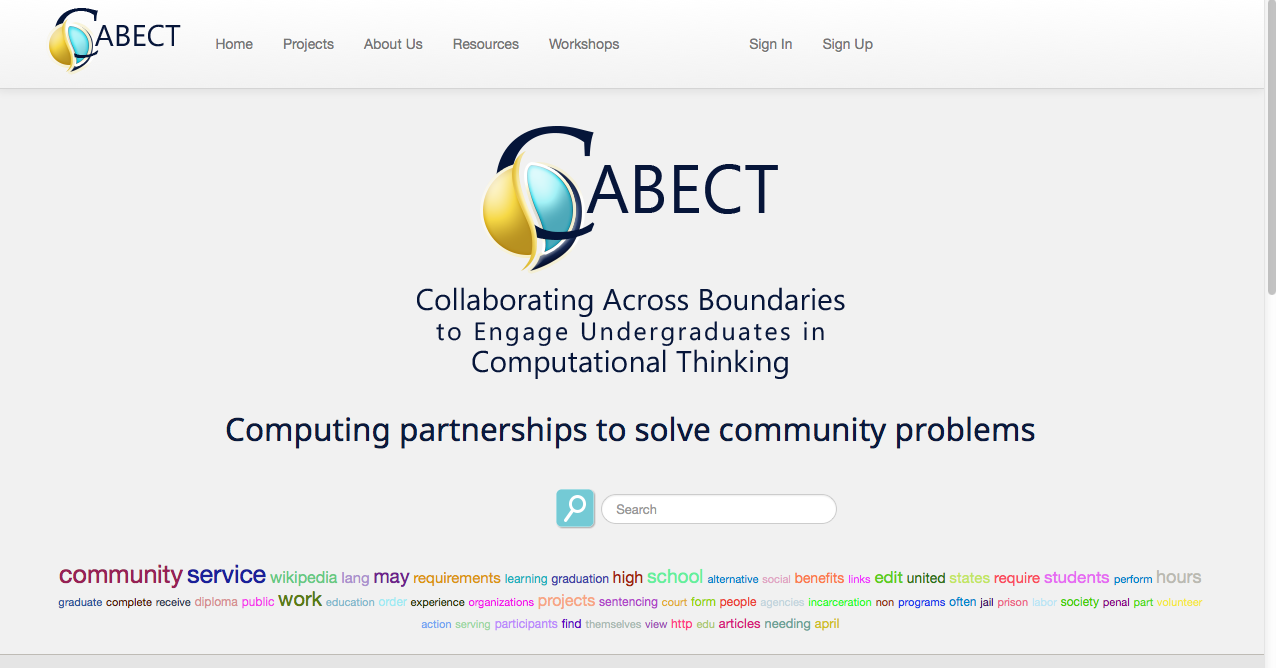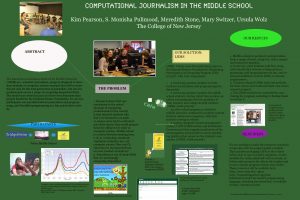Jon Stauder’s role as cinematic director at Deck Nine Games is the latest in a series of positions as an animator, director in a variety of professional contexts. In this interview, he shares his journey from his time as a student and project lead in TCNJ’s novel game design and production courses to the work he is doing today.
Conversations With Creatives is a periodic series of interviews with media professionals and entrepreneurs who have carved out interesting career paths.
